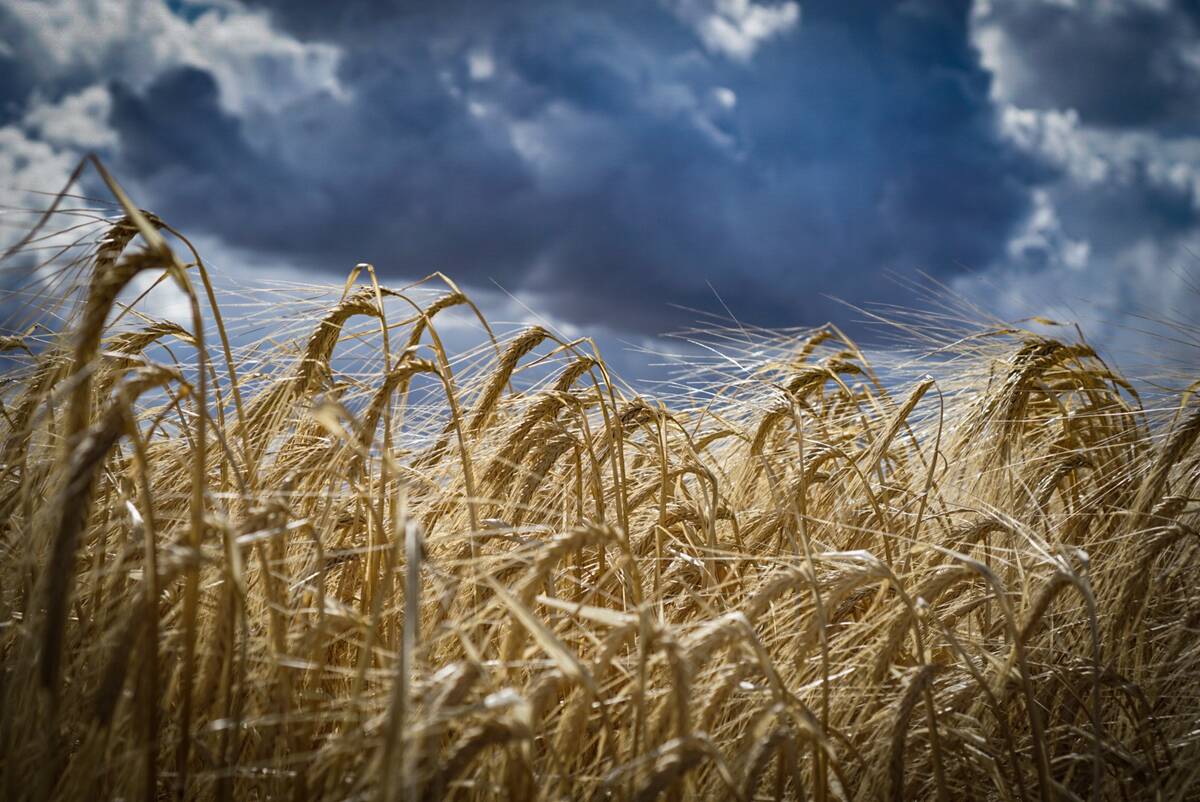LINCOLN HALL, Alta. – Producers who understand the connection between soil, grass and grazers make better choices about forages and better maintain soil quality.
“As grazers, we have an opportunity to recycle our nutrients back into the soil,” said agrologist Dennis Laughton, who works with the Foothills Forage Association. He told a cattle producer’s seminar that soil consists of decomposing rocks and organic material that are full of microscopic organisms that break down litter and root material to make nutrients more available to plants.
A one gram soil sample might contain three billion bacteria, one million fungi and a quarter million algae.
Read Also

Malting barley exporters target Mexican market
Canada’s barley sector is setting its sights on the Mexican market to help mop up some of the lost demand from China
Organic matter consists of plant, animal and microbial matter in various stages of decay. This is where carbon is stored. Organic matter also affects water filtration, water holding, nutrient supply and energy sources of soil organisms. It increases carbon content in soil and reduces the impact of rainfall and erosion.
Litter or thatch is the residue left after grazing and creates organic material over time.
Livestock leave manure behind and hoof action on the surface helps break down litter and work it into the soil where micro-organisms can use it.
Laughton advised testing the soil and being aware of the sand, silt and clay content. It’s also good to know the acidity and organic content as well as electrical conductivity, a measurement of salts in the soil. A wide ranging soil test provides an idea about the nutrient holding capacity of the soil.
Soil pH is a measurement of acidity ranging from 0-14 with seven being neutral. Most productive soils range from 5.5. to eight.
Some crops like alfalfa do not grow well in a higher acid soil while other plants can handle a more alkaline type.
Soil nutrients like nitrogen, phosphorus and potassium are essential for plant growth. Legumes harness nitrogen from the soil and air found in soil pockets. Most nitrogen in the soil is available in the form of nitrates.
“We tend to think legumes share their nitrogen with other plants. It’s a bit more complicated,” Laughton said.
Roots live and die on a regular basis. The root material is sloughed off and when the bit of root hair decays, other plants can take up the nitrogen. Nitrogen has a negative charge and can wash away.
It is necessary for decomposition of organic matter and is needed to build protein in plants.
Phosphorus has a positive charge and adheres to clay. It is needed for photosynthesis, energy storage and transfer, cell division and growth. Roots have to seek the phosphorus and join with the organisms underground to do so.
If alfalfa runs out of phosphorus, nitrogen fixing stops and the plants die. These plants need nitrogen added to the soil.
Potassium controls the opening and closing of leaf vacuoles and helps with photosynthesis, controls enzymes and fights disease.
Another critical element is thatch on the surface of the soil found in grasslands. These are often called marginal lands but even though they do not support crops like wheat or barley, they are excellent for forages.
A good layer of litter on the surface helps keep moisture in and cools the soil. Grasses are cool-season crops and shut down when the soil is too hot.















